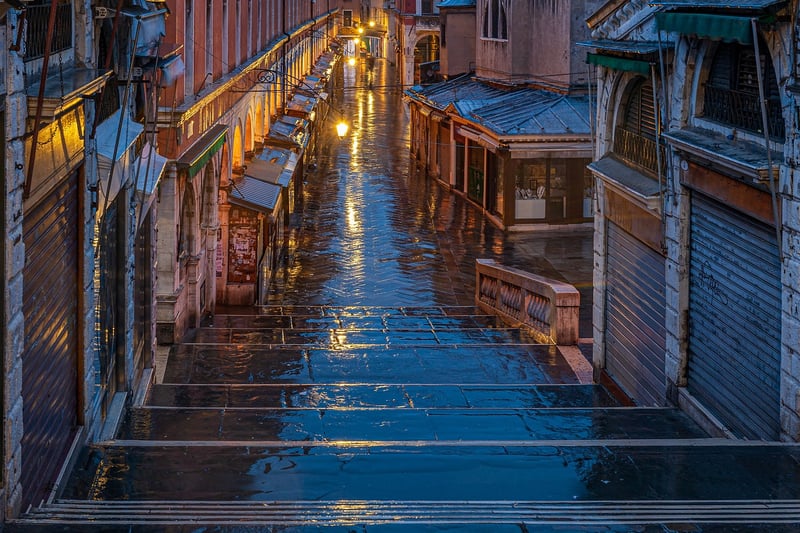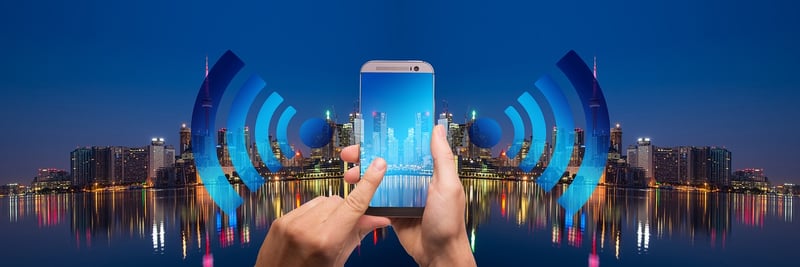Future Cities
Exploring Various Time Periods in Future Cities
When envisioning future cities, it's essential to draw inspiration from various time periods to create a truly innovative and functional urban landscape. By blending elements from different historical eras, architects and urban planners can design cities that are not only visually striking but also sustainable and efficient.
Ancient Times: The Foundation of Future Cities
Ancient civilizations, such as the Roman Empire and Mesopotamia, offer valuable lessons in urban planning. Their advanced infrastructure, including aqueducts, sewage systems, and grid-based layouts, can inspire future cities to prioritize sustainability and connectivity.

Renaissance Era: Aesthetic and Functional Design
The Renaissance period introduced harmonious architecture and elegant city squares. Future cities can incorporate these design principles to create inviting public spaces that promote social interaction and cultural exchange while maintaining a focus on functionality.

Industrial Revolution: Innovation and Progress
The Industrial Revolution revolutionized urban landscapes with the rise of skyscrapers and efficient transportation systems. Future cities can adapt these innovations by prioritizing sustainable technology, green spaces, and smart infrastructure to enhance quality of life for residents.

Modern Times: Digitalization and Connectivity
In the modern era, digitalization and connectivity have reshaped how cities function. Future cities can leverage smart technology, renewable energy sources, and interconnected networks to create efficient, eco-friendly urban environments that cater to the needs of a tech-savvy population.

Looking Ahead: The Future of Urban Living
By drawing inspiration from various time periods and incorporating innovative ideas, future cities have the potential to become vibrant hubs of culture, sustainability, and progress. Embracing the past while looking towards the future is key to creating cities that are not only visually appealing but also functional, resilient, and adaptable to changing needs.
Let's continue to explore the possibilities of future cities by learning from the rich tapestry of history and embracing cutting-edge technologies to shape urban environments that enhance the quality of life for all.
